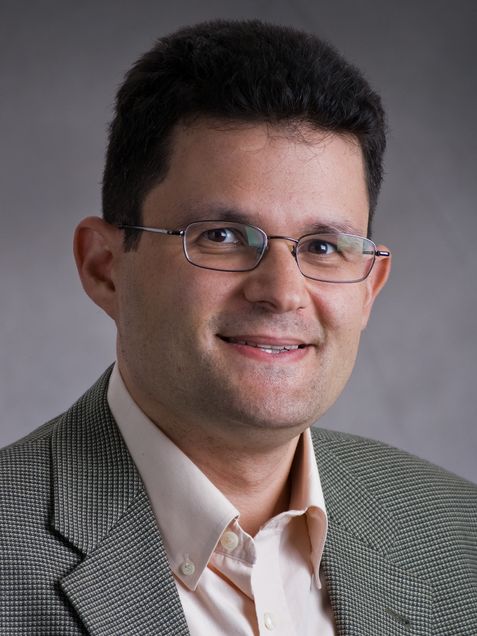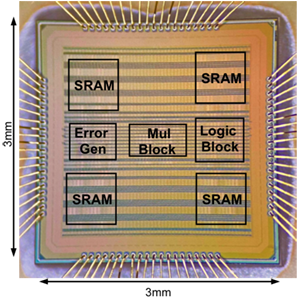A GRAND Endeavor: Building the Future of Wireless Communication

by Allison Kleber
We live in a wireless society. Everything from business to government, from education to health to military defense, is increasingly reliant on wireless technologies which connect people and resources the world over. With the advent of 5G communications and the ever more ubiquitous Internet of Things (IoT), the invisible traffic across wireless networks will only increase exponentially … and with this increased traffic looms the inevitable threat of traffic jams. After all, there are only a finite number of “roads” available.

All wireless communication, from the simplest ham radio to the most sophisticated high-speed networks, operates within the electromagnetic spectrum; however, not all frequency bands within that spectrum are available for transmission. In other words, these frequencies are a finite resource, shared amongst seemingly infinite users, services and industries. This leads to the concept of “spectrum scarcity” – a challenge that must be overcome for the continued growth of wireless communications, the equitable sharing of this profoundly valuable resource, and the blood pressure of countless individual users who need their apps and devices to operate quickly and efficiently.
Fortunately, ECE Professors Rabia Yazicigil and David Starobinski, in collaboration with MIT Professor Muriel Médard, have a few ideas. Their new NSF-funded project, “SWIFT: Facilitating Spectrum Access by Noise Guessing,” is designed to circumvent spectrum scarcity, increase energy efficiency, improve security, and do it all using a method that can be applied universally to any coding scheme.
Current spectrum-sharing technologies utilize computationally complex techniques to coordinate users and repair distortion caused by noise and interference. These techniques often utilize specific code languages and dedicated decoding algorithms; they are energy-hungry and not scalable enough to meet the needs of our booming wireless future.

In order to accomplish their goals, therefore, the SWIFT team is completely rethinking the established protocols for preserving signal integrity. The centerpiece of their approach is GRAND, or Guessing Random Additive Noise Decoding, an algorithm invented by Professor Médard and Professor Ken Duffy of Maynooth University in Ireland, and which was first realized on a silicon chip by Professor Yazicigil earlier this year. GRAND is code-agnostic; by focusing on removing channel noise (using the titular “guessing” to predict its sequence), it is not limited to working with any particular codebook(s), but can be applied universally.

Backed by a $725K grant from the NSF, the SWIFT team aims to move from largely theoretical findings to simulations and practical system implementation experiments, exploring new hardware-based security approaches, and continuing to design and perfect custom chips.
The grant includes support for outreach and educational initiatives, including the development of software-defined radio labs for undergraduate courses, organizing a “5G Day” event to engage K-12 students with STEM subjects, organizing interdisciplinary mini boot camps on wireless spectrum sensing and security, and establishing internships, research positions, and other opportunities for the increased participation of under-represented students in general, and undergraduate students in particular.
Led by a uniquely qualified interdisciplinary team, SWIFT intends to shape both the future of our essential global communications networks, and the researchers and engineers who will continue and expand on their work.